Convert AC to DC Power Supply:
This diagram shows how to make convert AC to DC Power Supply. In this circuit diagram, we use a 17v step-down transformer, four diodes, a fuse, a 50v capacitor, a voltage regulator ( LM7812 ), a DC LED indicator light, and a 1k resistor. First, we connect the transformer to the diodes then from the diode to connect the capacitor and voltage regulator, and then to LED and resistor. Now this circuit is ready for use. If you want to see the clear connection of this diagram please check our youtube video.
Advertisements
Components needed For this Project:
You can get the components from any of the sites below:
- Transformer 12vx2 [See Buy Click Amazon]
- 1000uF (50v) Capacitor [See Buy Click Amazon]
- 7812 Voltage Regulator [See Buy Click Amazon]
- 1N4007 Doide [See Buy Click Amazon]
- 5A 12v Fuse [See Buy Click Amazon]
- 1k Ohm Resistor [See Buy Click Amazon]
- [led_3v]
*Please note: These are affiliate links. I may make a commission if you buy the components through these links. I would appreciate your support in this way!
Advertisements
Components used to make the Convert AC to DC Power Supply:
Using a transformer, electric energy can be moved from one AC circuit to another. A Transformer uses the electromagnetic induction principle to either increase or decrease the AC voltage (step-up or step-down). To lower the power in the circuits of low-voltage devices like doorbells, transformers are frequently utilized.
02. Capacitor:
The capacitor is a 2-terminal passive component having the Property of Capacitance. This Property Electrifies (charging with electricity) Capacitors with input Voltage. Capacitor Condense Electricity, Hence it is also known as a Condenser. It consists of 2 Electronic Conductors that are Separated by Distance. The Capacitor Stores Charge and can act like a Battery. It is necessary for filter Circuits to Minimize voltage spikes, and Smoothing changes in voltage.
A Voltage Regulator Allows the Alternator to Make Enough Power to Run the Devices on a Vehicle. However, it only Uses The Power Necessary for the Devices. When a Regulator Fails, The Limits On How Much Power An Alternator Can Produce Disappear. A heat Sink Should be Attached to a Voltage Regulator in Order to dissipate Excess Power that may Enter into The voltage Regulator. This prevents excess Voltage From Destroying and Overheating the Voltage Regulator Since the Heat Sink Dissipates the Excess Power as heat.
04. Diode:
A diode is an Electronic Device that allows current to flow in one direction only current flow. The Diode has two ends. The end where there is a line of silver color is called the cathode. The other end is called the anode. A diode basically allows current to flow in one direction and prevents current from flowing in the opposite direction. Such a tendency of current to flow in one direction is called rectification. When a circuit is connected with an anode positive and a cathode negative it is called a forward bias diode.
A thermal Fuse or Thermal Cutoff is a Safety Device That Open Circuits Against overheating. It Detects the Heat Caused by the Over-Current flow Due to Short Circuits or Component Breakdown. Thermal Fuses do not Reset Themselves when the Temperature drops as a circuit breaker would. A Thermal fuse must be replaced when it fails or is Triggered in 220v ac line. Thermal fuses 220v AC Line only react to excessive temperature, Unlike electrical fuses or circuit breakers (CB), not excessive Current, unless the excessive current is sufficient to cause the Thermal fuse Itself to heat up to the Trigger Temperature system.
06. Resistor:
A Resistor is an Electronic component that controls the flow of electricity in an electronic circuit. Or we can say in this way that the material or component That is used to block the flow of current in electronic equipment is called a Resistor. And, because of the characteristic of the resistor or conductor that Prevents the flow of current through the conductor, that characteristic or religion is called resistance, where resistance Means the ability to block. The main function of a resistor is to cause a voltage drop to impede the flow of current in the circuit. In this case, the question may arise as to which circuit or which Parts need to be protected from low voltage or current flow.
Light Emitting Diode (LED) Indicator lamps are a type of LED (Light Emitting Diode) lamp used to Display When a Change Occurs in an Electrical Circuit. When Something has Malfunctioned in an Electrical System, a red or Orange Light light-emitting diode Indicator Lamp may be used to alert a Worker. LED Indicator Lamps Usually consist of a single Bulb. Pilot lights and Light Emitting Diode indicator lights Indicate Lights for Machines or Instruments and they can also be built into Switches. They Provide Solutions for a Variety of Requirements and Are ideal for Highly Reliable Indications.
Thank You for visiting the website. Keep visiting for more Updates.
Read more Single Phase Wiring
Mixer grinder wiring connection
Mixer grinder wiring connection: This diagram shows how to make a mixer grinder wiring connection. In this circuit, we...
Potentiometer wiring for light brightness control
Potentiometer wiring for light brightness control: This diagram shows how to make potentiometer wiring for light...
Temperature sensor fan controller circuit
Temperature sensor fan controller circuit: This diagram shows how to make a Temperature sensor fan controller circuit....
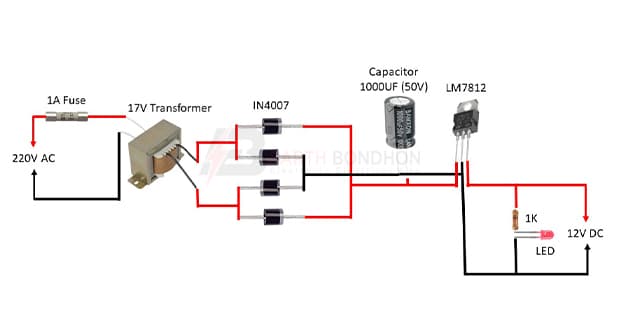
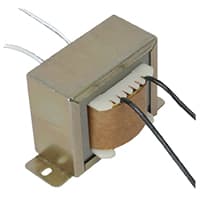
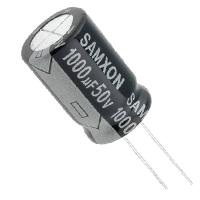
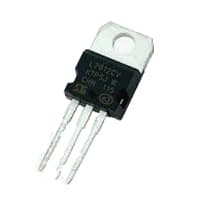


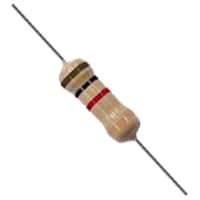

0 Comments